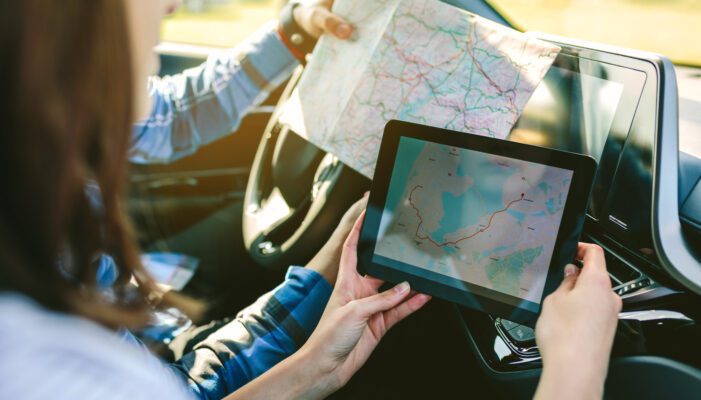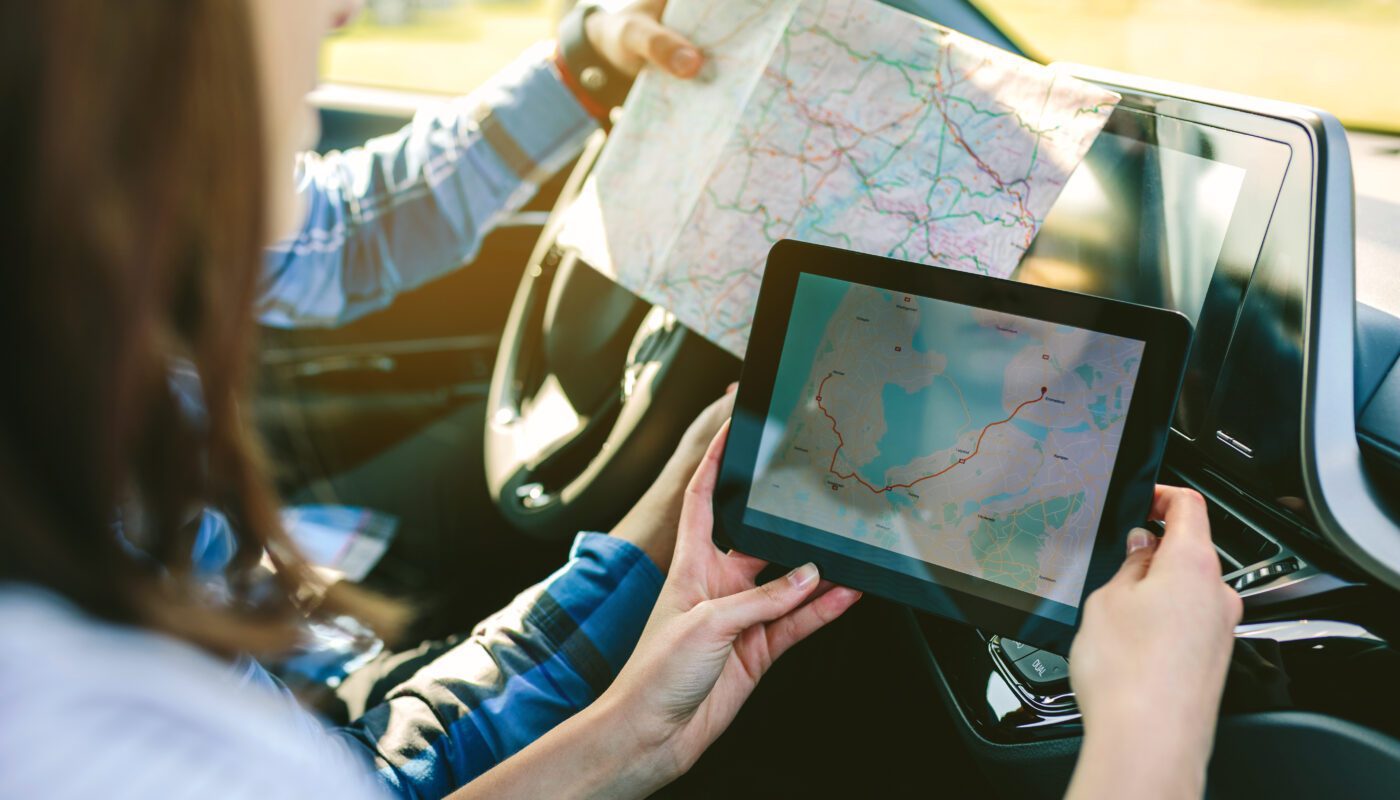Blog, counselor, GPS receiver
GPS receiver – how it works and what it is used for
The use of the GPS satellite system is only possible if the user has an appropriate receiver . This is usually a small, handy device that can receive signals from GPS satellites to determine the current position. This information is then sent to a corresponding device and can be evaluated.
How GPS works
The GPS satellite system is a global network of satellites that constantly emit a signal that can be received on earth worldwide. The time difference of this signal is used to calculate distances and directions, so this system can be used for positioning. The user gets the most accurate results when used outdoors; thick walls or garages rarely offer a sufficiently clear signal . Application in mountains, forests or large cities also does not provide an exact result, as buildings, mountains or forests can distort the signal and thus the result of the calculation. GPS reception is particularly good when visibility is clear.
GPS receivers are usually required for location purposes and have to communicate with a terminal device, which is usually a mobile phone device . To determine a position, the GPS receiver, often in the form of a GPS tracker, is placed at the desired location or object. This receiver is now networked with a terminal device, which then receives the results of the location .
Use of GPS receivers
GPS receivers, also known as GPS trackers, cannot only be used to determine the position of people, animals or objects. The use of tracking devices can also serve to protect against theft or track vehicles. Small trackers and receivers are placed in the corresponding vehicle and thus enable comprehensive control.
GPS receivers are often used, especially by athletes; they enable precise evaluation of distances covered, which fitness fans can use to set and pursue their own personal goals. Hikers benefit from using GPS receivers as part of route guidance; the small receiver can always show exactly where you are, so the best route can be quickly determined. GPS devices are used especially in geocaching, a modern form of scavenger hunt, they are even a prerequisite; GPS coordinates are used to guide the user to the location of the hiding place.
Different receiver classes

Manufacturers offer interested parties different products and models , depending on the area of application. The best-known form is the classic navigation device, which is carried on bike tours or in the car, determines the route for the driver and is used purely for navigation . These navigation devices can be taken externally, but are usually integrated in modern vehicles. In contrast to small GPS receiver devices, navigation systems have a display that provides the user with an electronic map. Small devices do without this visualization; they do not offer a digital map and also require an end device, such as a tablet or other mobile device. Particularly small receivers, also known as GPS mice , do not have a user interface. The GPS mouse stores continuous position data and can send it via Bluetooth to an external device for processing , which can then process and evaluate the GNSS data.
Another version is GPS loggers, which also store all coordinates within the distance traveled and can be read out via a corresponding interface; an external device is also required for this. Particularly precise locations are possible with precision devices, which have at least one external antenna and determine position data with particular accuracy . With recalculations and corrective signals, an accuracy of up to one centimeter is possible; for this purpose, these devices use signals from all available GNSS satellites.
All of these devices use the signal approved for civil use, or L1 for short. The American GPS system was initially introduced for military use, as was the Russian satellite system. Military devices can also use another signal, but the key for decoding is reserved only for US armed forces.
Locating animals, objects and people
Another possible use is to locate people, but there are a few things to keep in mind here, as tracking people always requires the person’s consent. Person tracking is mainly used for small children or seniors; this measure allows freedom and privacy , but also offers those affected and their relatives additional security.
Small receivers can be used to locate animals, such as cats, dogs or horses. Special GPS trackers are available for this purpose, which are usually attached to the animal’s collar or harness. They are particularly light and do not interfere with everyday life.
These GPS trackers require an additional device for use on which the associated app is installed. Here the user must register with their email address and can adjust any desired setting independently.
In addition to pure location, other alarms can usually be set here, for example a radius can be set or a virtual boundary can be drawn. If such an alarm is triggered, the app creates a corresponding message and warns the user. This gives the user the opportunity to mark danger zones and act accordingly in emergency situations. Additionally, a notification is sent via email .
Advantages GNSS receiver
GNSS receivers offer the user various advantages and can be used to determine positioning in many situations. Modern devices are particularly small and light, but also very robust and can therefore be used on walks and outdoors. Under good conditions, even inexpensive devices provide accurate data , which is immediately available to the user and can be evaluated quickly. Thanks to their compact size and low weight, they can be carried and used at any time. The power supply must also be checked before purchasing; some devices have a battery that needs to be charged regularly; permanently installed devices are directly connected to the electricity, for example for tracking in vehicles.


